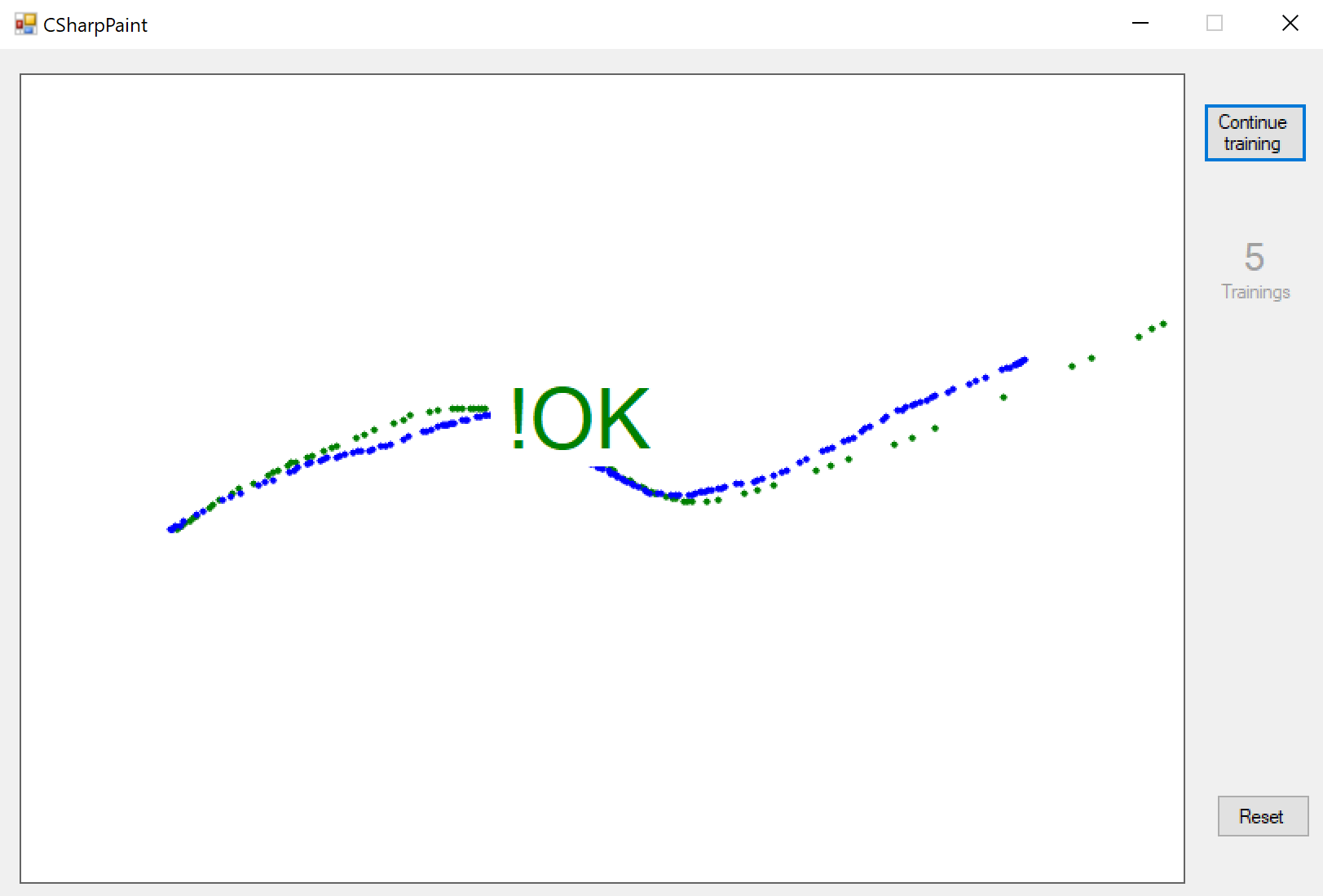Today, I have presented to VDMA Audience, mostly C-Level and decision makers, how some Machine Learning algorithm work under the hub and how daenet approaches AI projects. It was my pleasure to be on stage with Fraunhofer, IBM and few others.
We at ** daenet** clearly make a difference between scientific- and IT-part of the project. Scientific part is related to training of the model and manipulating of data.

In general, we are happy if we can cover this part in .NET core. One of frameworks, which we love to use is LearningAPI developed in cooperation between daenet and Frankfurt University of applied sciences. See on git.
In this talk I shown how Multilayer Perceptron with Back Propagation can be used to predict none linear data. This is an example of data, which we used for training.

Following code snippet shows how LearningAPI pipeline can be built in just few lines of code.
LearningApi api = new LearningApi();
api.UseActionModule<object, double[][]>((notUsed, ctx) =>
{
ctx.DataDescriptor = new DataDescriptor();
// . . .
return data;
});
int[] hiddenLayerNeurons = { 6 };
// Invoke the MLPerecptronAlgorithm with a specific learning rate, number of iterations, and number of hidden layer neurons
api.UseMLPerceptron(0.1, 10000, hiddenLayerNeurons);
IScore score = api.Run() as IScore;
I also demonstrated how we modified K-Means algorithm to be able to recognize a given function. Modified version of K-Mean (or better to say, extended version) calculates similarity between set of given functions. Based on similarity between functions,algorithm is able to recognize a learned reference function.Following picture shows recognition in action.

In this demo, user draws few lines (in green), which are intuitivelly learned by model. After a number of training steps, user draws a line (in blue). If drawn line is similar to set of trained functions, we get an 'OK', as shown in the picture.
Slide deck: Presentation